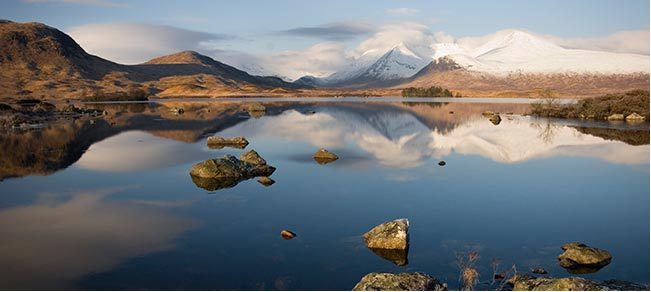
One of the best parts of my job is being able to research subjects and locales that fascinate me. When inspiration finds me (and it has to find me, not the other way around), I like to immerse myself completely in my subject so I can accurately capture the mood, the setting, the unique cultural patina of a specific place and time.
Click here to read our RD Review
Click here to read an excerpt
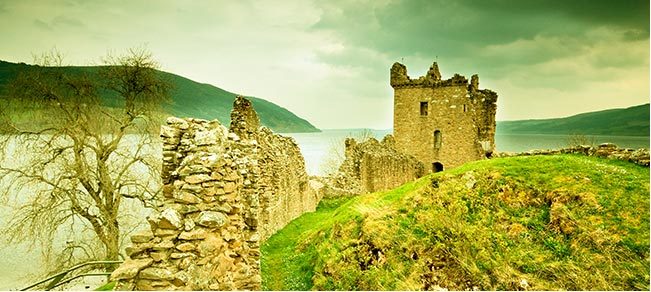
For At the Water’s Edge, my setting was the area around Loch Ness in the Scottish Highlands, and I spent a total of five weeks there-interviewing, watching, listening, absorbing-until one day the story came all in a rush. It was in February (at a time when most people are trying to get out of Scotland, not in), and I found myself in the unusual position of being alone at Urquhart Castle, which is normally a busy tourist attraction.
Click here to read our RD Review
Click here to read an excerpt
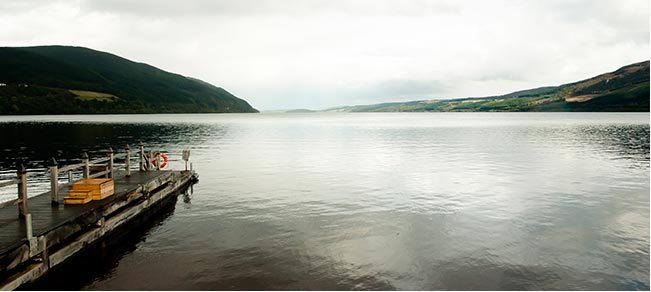
I wandered around on the mossy grass, gazing over the ramparts at the shiny black water of the loch and trying not to actively think, because I wanted to give all my energy to the mysterious, creative part of my brain I don’t control. When I reached the Water Gate, the germ of the story coalesced into something real, and I spent the next couple of hours running through the grounds like a madwoman, dictating notes into my phone.
Click here to read our RD Review
Click here to read an excerpt
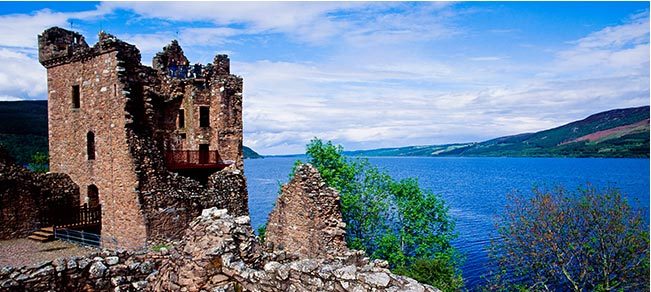
Urquhart Castle seems designed for inspiration. Built onto a jutting promontory on the shore of Loch Ness and framed by stark peaks, the jagged, formidable remains are steeped in history and encapsulate perfectly the splendor and majesty of the Highlands.
Click here to read our RD Review
Click here to read an excerpt
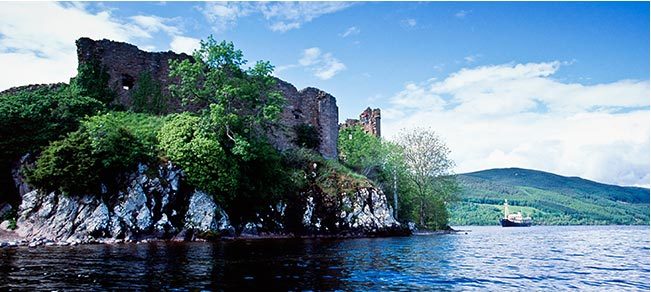
The most spectacular view is from the loch, the route most early travelers would have taken, and is well worth the cost of a boat ride. The Water Gate is the sole entrance from the loch side, and is haunting in a way that is hard to describe: knowing that Viking plunderers and kidnappers arrived and left through that very arch imbues it with a sense of gravitas that is difficult to explain, or even fully comprehend.
Click here to read our RD Review
Click here to read an excerpt
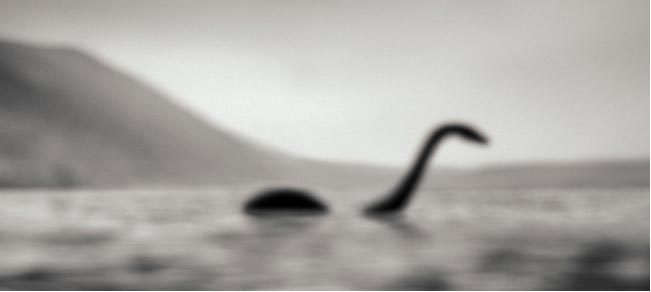
Besides being the most beautiful ruined castle I’ve ever seen, it is also irrevocably tied to the legendary monster in the loch: in 565 AD, Saint Columba was on his way to the Pictish fort upon whose ruins the castle is built when he claimed to have saved a man who was clutched in the beast’s jaws by making the sign of the cross. There are even older Pictish carvings of a strange aquatic creature nearby, and the immediate area remains the epicenter of monster sightings.
Click here to read our RD Review
Click here to read an excerpt
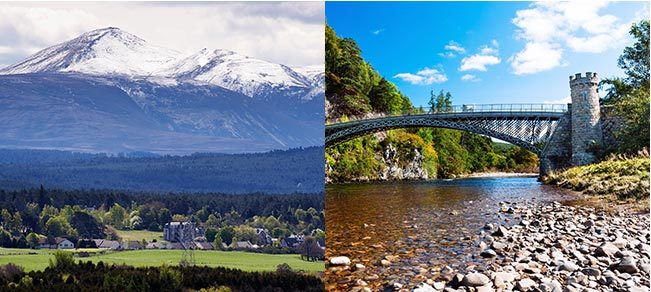
Of course there are many other wonderful things to do and see in the Highlands: you can enjoy a lovely dinner aboard a steam train on the Strathspey Railway, ride the funicular up Cairngorm mountain, go on castle crawls or distillery tours-there is something for everyone, and finding a knowledgeable tour guide is the key to having an experience tailored to you.
Click here to read our RD Review
Click here to read an excerpt